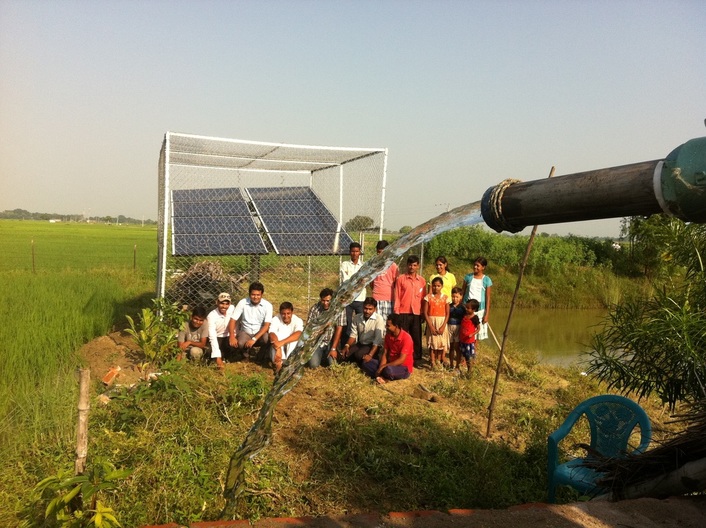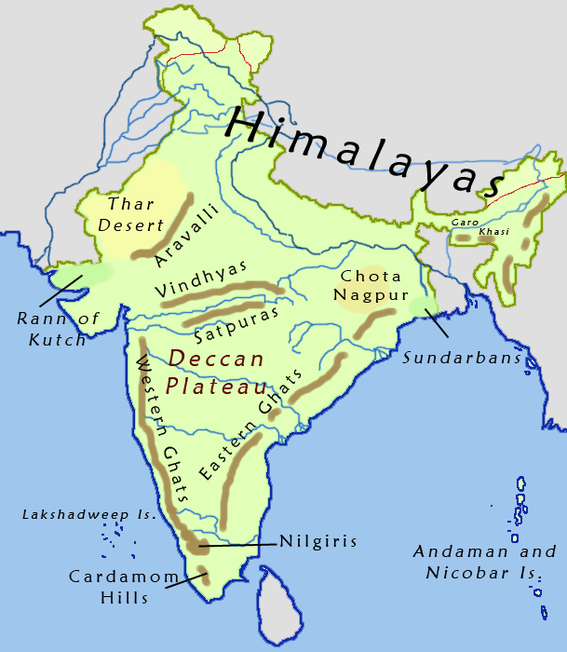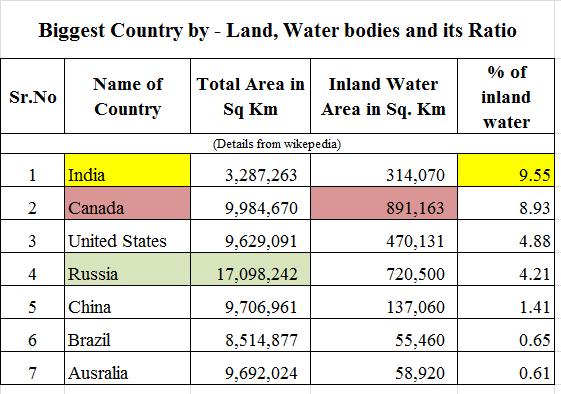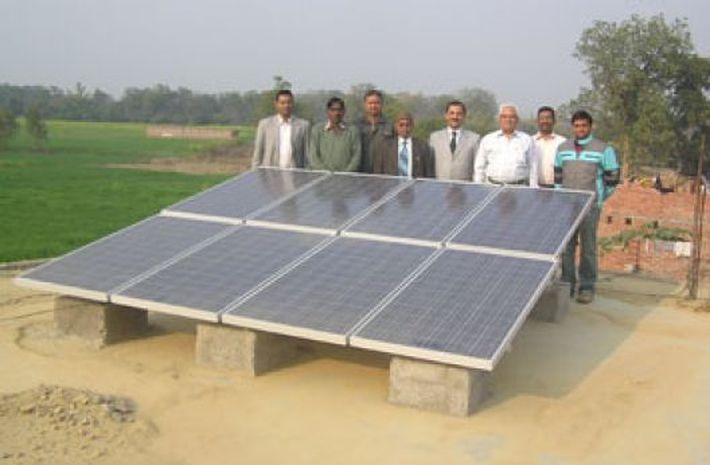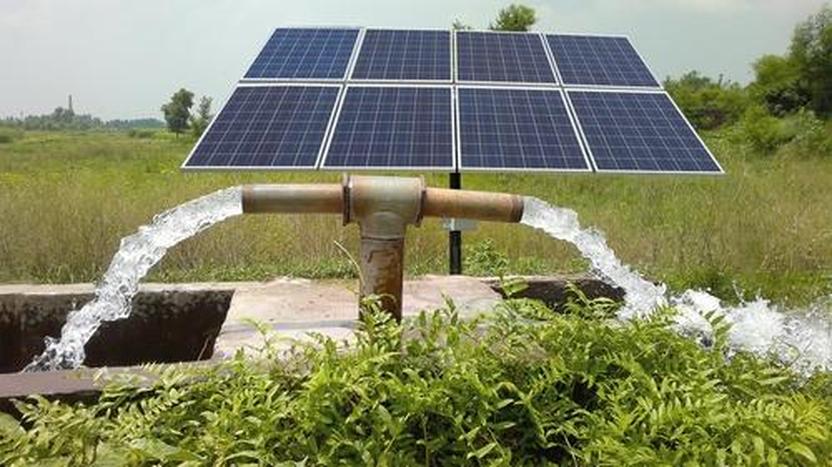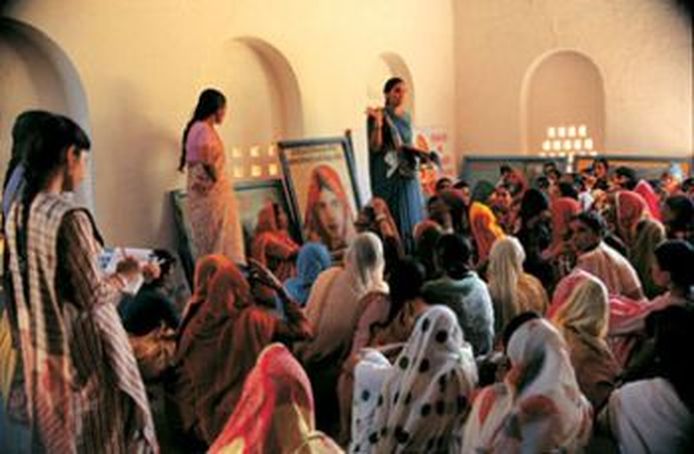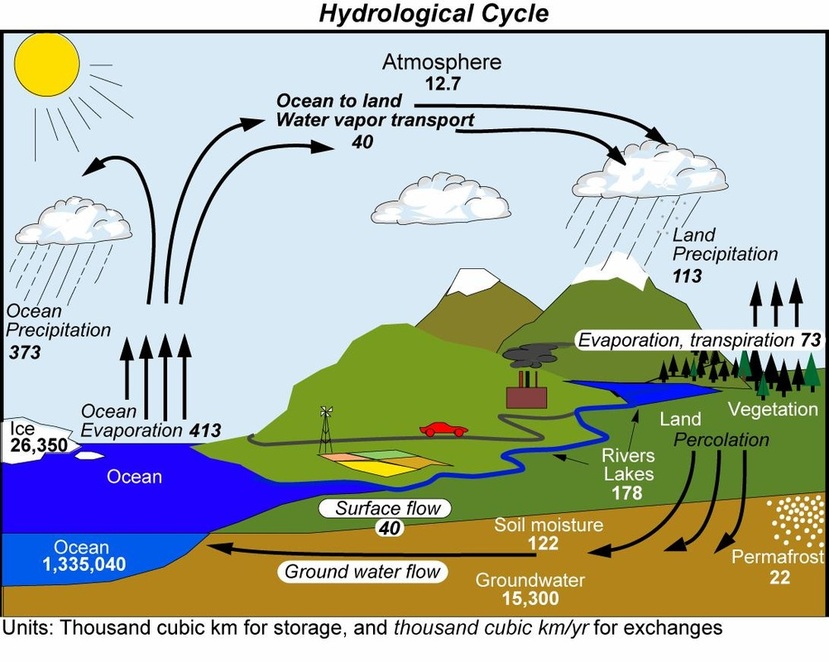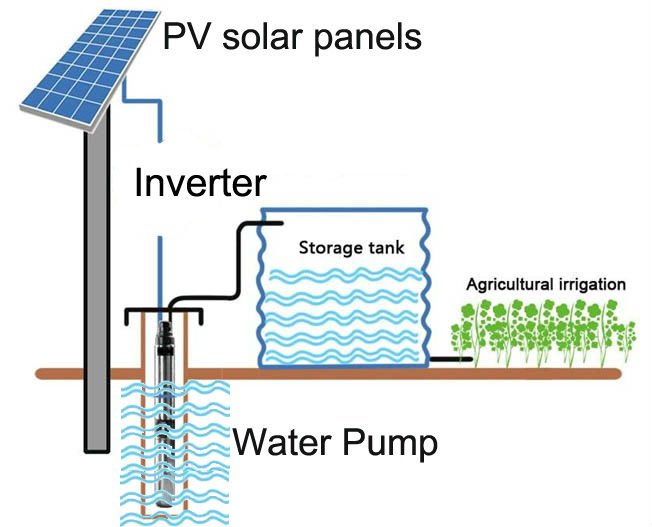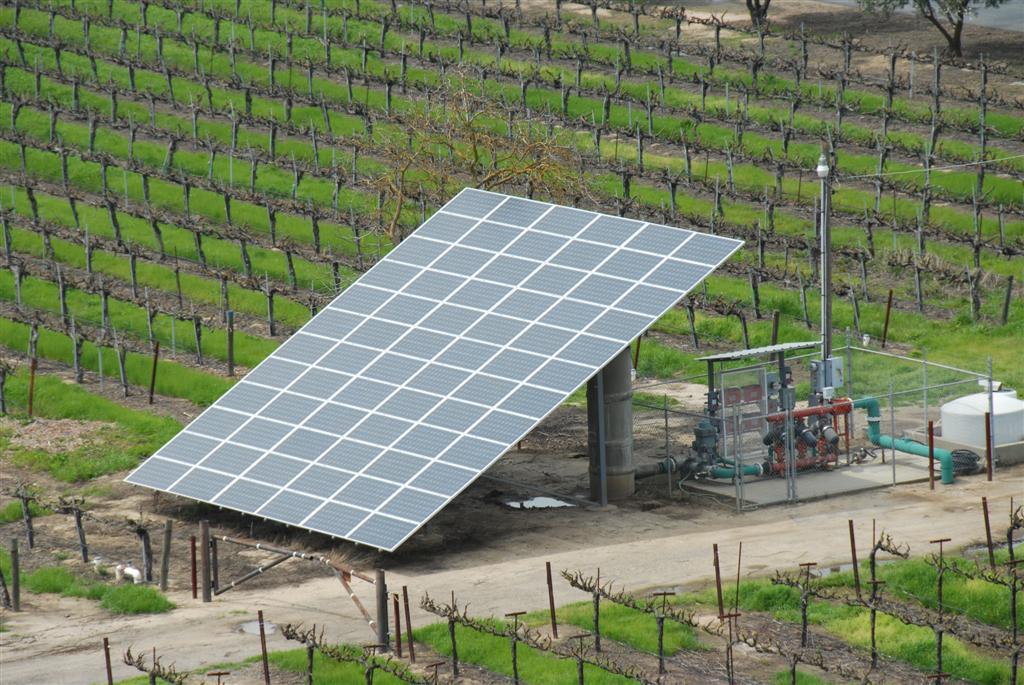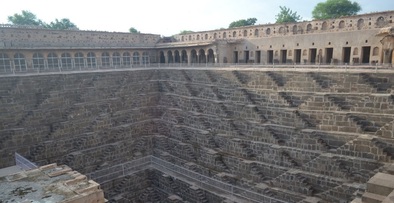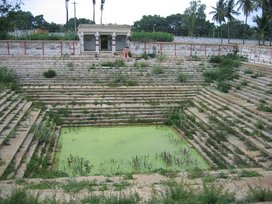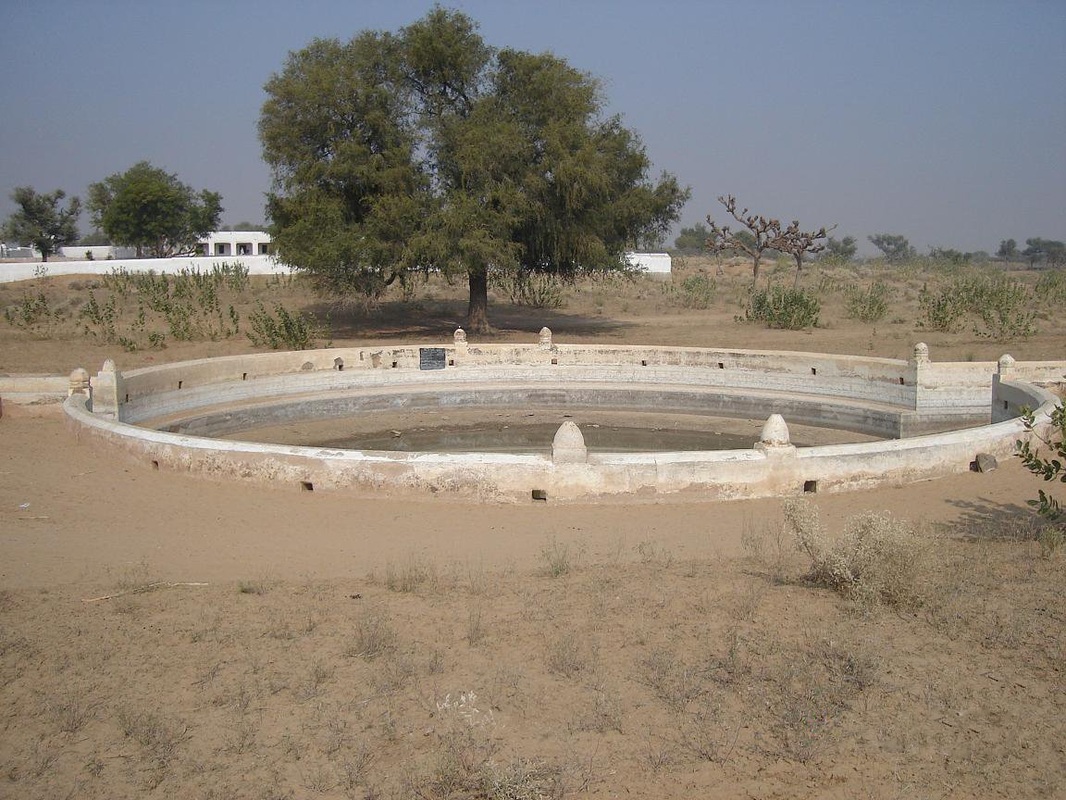Due to the above reasons India is blessed with the highest ratio of fresh water vs land area in the World. Yet almost the whole of India is under perpetual water shortage especially to irrigate its fields.
There are two reasons for this:
- Lack of electricity
- Failure to trap rain water
There are multiple players who are engaging the local villagers. Here are some of them
It is not only technology companies that are pivotal in the spread of sustainable energy. Banks are critical too. In Uttar Pradesh, the Aryavart Gramin Bank has provided the finance for solar photovoltaic systems, bringing lighting to 28,000 rural families across the state by 2009.
The impetus for the bank’s initiative came from its own need to tackle the problem of an unreliable mains supply. Having installed solar backup power units in its own branches, it recognised the potential for its customers who depend on kerosene lights – and the potential for it to provide a commercially profitable service. Credit camps were set up in villages to explain how the financing would work and loans were offered with an initial deposit of 20% and five year repayment terms. The repayment costs are covered by the cost savings on kerosene.
The technology is solar, tailored photovoltaic systems installed in homes and also for market-stall holders and other small businesses. In a country where electricity supply is unreliable for many and non-existent for 44% of the population, this is life-changing. Children can read, women can devote more time to income-generating activities and all can breathe more easily as kerosene–burning lamps are discarded.
The credit comes in the form of loans from the finance institutions which are also tailored to individual circumstance and which are typically repaid over five years with savings from lower fuel costs. SELCO doesn’t make loans itself, but provides the credibility and customer knowledge which the lender requires.
Don’t underestimate the potential of solar power. Aurore’s work with photo voltaic (PV) systems across India demonstrates that they are a viable source of energy for local communities.
Aurore is a hub of expertise. Not just technical expertise, but also critical financial and management expertise. By providing such a suite of skills, Aurore enables partner organizations across India to install and operate PV water pumps, solar home systems and solar lanterns providing cheaper, more sustainable energy than diesel-based alternatives.
By 2009 lighting systems had been set up in 17,000 homes. Even more significantly, over 7,000 PV pumps have been installed bringing huge benefits to local communities. In Gujarat alone over 3,000 villages are using PV pumps to provide drinking water or wider irrigation.
The Barefoot College believes that practical skills as much as paper qualifications are crucial in supporting and developing the poorest and least literate communities. The training of villagers to install solar lighting systems in the Himalayas captures perfectly that philosophy.
Burdened by temperatures of -40 degrees centigrade in winter and with only six hours of daylight, local communities in the Himalayas often lack the funds needed to buy kerosene for lighting and heating. The Barefoot College’s answer is not short-term subsidy, but practical solutions and training. Barefoot engineers from the poorest communities are trained over a period of three to six months in the installation and maintenance of solar lighting systems developed by the college. By 2009, 472 had qualified.
The College encourages the communities to take responsibility for their energy needs. Each community must form an Energy Committee and chose its own candidates for training. At least 30% of the committee members must be women. The Committee is responsible for deciding how much each family must pay for the system and for administering the system once it is up and running. Like the system itself, responsibility is a long-term investment.
Solar powered irrigation pumps have a strong economic rationale compared to high cost of providing last mile electricity connection to villagers and savings in power subsidies given for agriculture. In Punjab, for instance, the ruling Shiromani Akali Dal- BJP party, is giving free power to over 10 lakh farmers in the state, entailing an expenditure of over Rs 4,778.13 crore (US$7.9 million). Generally an Irrigation pump needs a 3 HP motor to draw water from deeper tube-well, this motor costs around Rs 180,000 ($3,000). In some places famers are complaining that 3 hp is not enough and are demanding 5 and 10 hp solar pumps. See another example.
The fear of unsustainable groundwater extraction, sinking water tables are misplaced as the ground water extracted will go back to the ground as the farmer irrigates his land.
· Agriculture productivity from existing land is doubled by daily availability of reliable irrigation water
· Crops can be grown during summer and precision farming techniques such as greenhouse agriculture and micro-
irrigation can now be practiced.
· Famers are using mist and drip irrigation and thus becoming more water-efficient and don’t need to flood their fields whenever they get water. This leads to large scale saving of water resources and more land areas get irrigated.
· In addition to improving the economic conditions of rural farmers, distributed solar power infrastructure development will also generate local employment and prevent mass migration of villagers to urban areas.
· Solar powered irrigation pump-sets prevent air pollution due to diesel combustion and emissions of greenhouse gases.
· Farmer saves about Rs 90,000 ($1,500) a year by avoiding diesel usage for the pumps.
· By having irrigation during the daytime, farmers are prevented from the drudgery of irrigation in the night, which led to exposure to other random risks such as snake bites or tripping in the dark.
· Saving in foreign exchange as Diesel is imported.
Another solution would be to build a huge common solar panel roof where the villagers can bring their batteries to recharge and pay a small fee for the upkeep & cleaning of the solar roof.
One of Mankind biggest challenge is the trapping of rain water into artificial ponds or lakes instead of letting the water flow into the sea and is lost for use. Generally people 100 yrs ago were better at trapping rain water than what we are today. In all parts of the world trapping of rain water was extensively practiced.

Traditionally the ancient people used to build bunds and tanks to trap the water not only in areas of low rainfall but everywhere. In Cities like Mumbai they were called “Talao” hence there are names in Mumbai like Dhobi Talao, Bandra Talao, Thane Talao, Bhayandar Talao. Each area had its own rainwater catchment area. Lately people have forgotten the benefits of such catchment areas and these are ignored especially with the World Bank Funded Storm Water Drainage (SWD) systems that are constructed to take the rainwater directly to the sea without allowing it to settle locally. Such Drainage systems are the main reason for the water not replenishing the existing ponds, rivers and even for the falling water table.
Not only SWDs are an utter waste of money but also the rain water gets wasted into the sea. With SWDs large areas get flooded whenever an end point is blocked or flooded. This is the reason Mumbai gets flooded whenever there is continuous rainfall during high tides. On one hand the advice is handed out to conserve rainwater and on the other such Storm Water Drains get built to carry the water to the sea.
Rainfall which is the only source of water (other than melting snow in high range mountains) is nature’s blessing but the sad part is majority (90%) of this water is allowed to flow away and is lost into the sea before, during and after he monsoon. Add a bout of heavy downpour and problems of flooding occurs, leading to loss of land and human tragedy.
So, Problem no. 1 - “Lack of Electricity” is being addressed by implementing Solar powered irrigation.
Problem no. 2. "Wasting Rain Water" - a great deal of work still needs to be done, to trap the immense gift of rainwater that we get from nature. Rajendra Singh has shown us how we can “copy-paste” the stuff that he has done in Rajasthan. We just need 1 person like him in each state if India. We need to build at least 50,000 super step-tanks all over India. Farmers themselves have to find ways to make bunds, pools & tanks.
Implementing these methods and government support for solar irrigation is a great way to put more food on the table not only in India but also to all countries in the world.

